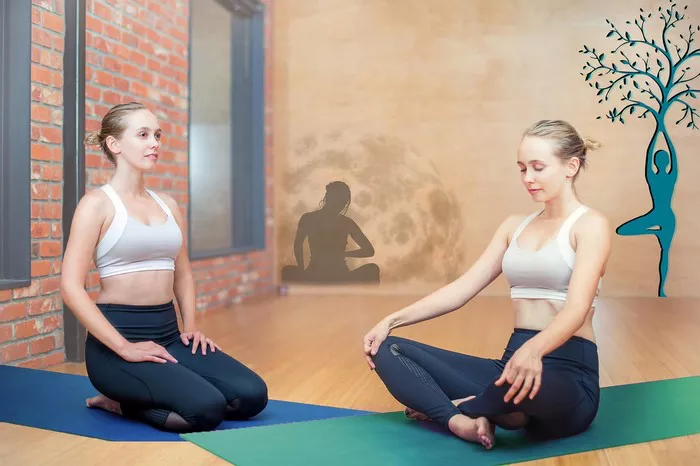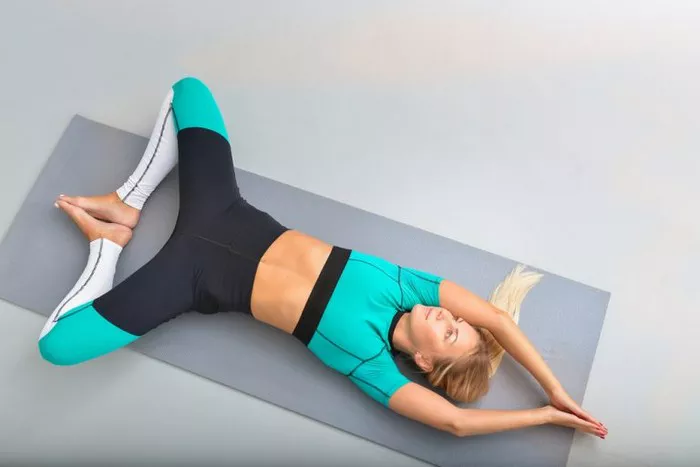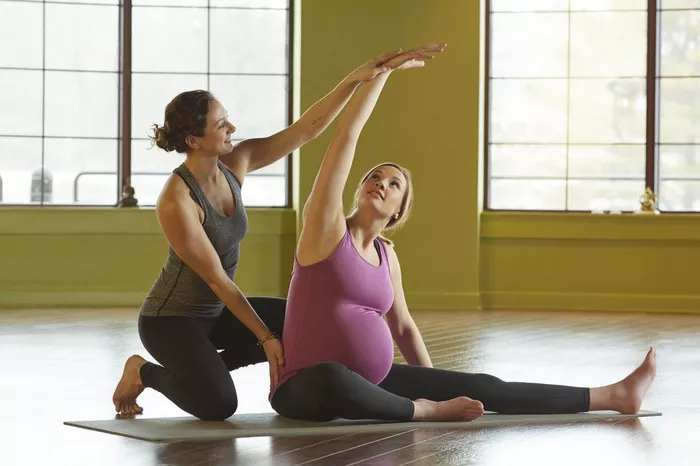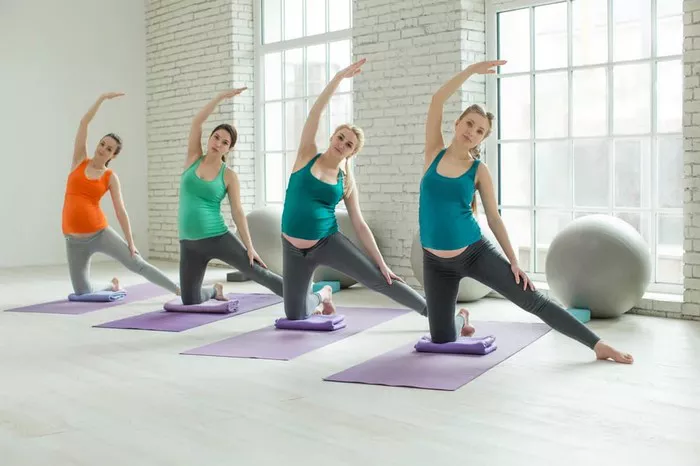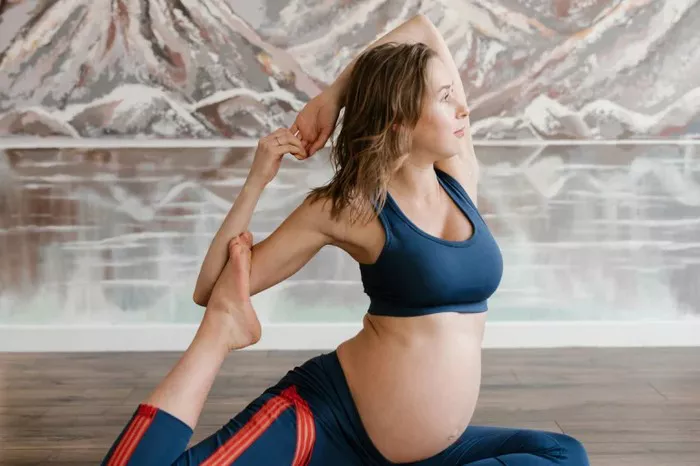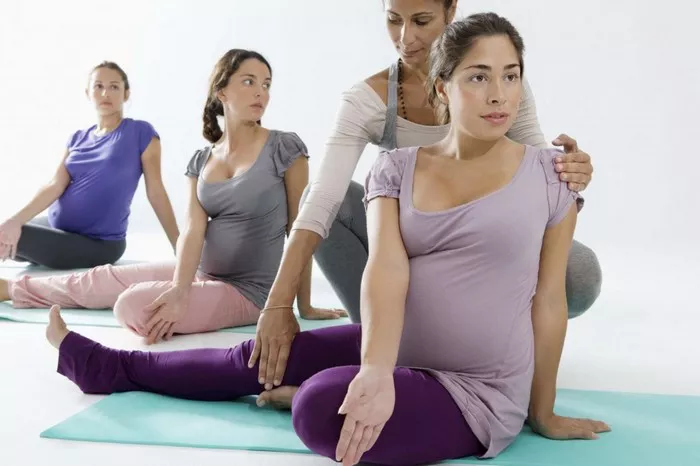Downward Dog, or Adho Mukha Svanasana in Sanskrit, is one of the most well-known yoga poses. It is a foundational asana found in many yoga styles, including Hatha, Vinyasa, and Ashtanga. Though it may seem like a simple pose, performing it correctly requires proper alignment, awareness, and engagement of multiple muscle groups. Whether you are a beginner or an experienced yogi, understanding the key elements of Downward Dog can help you improve your practice and prevent injury.
This guide will provide a step-by-step breakdown of Downward Dog, common mistakes, alignment cues, modifications, and tips to ensure you are practicing the pose correctly and safely.
Understanding Downward Dog: A Full-Body Pose
Downward Dog is an inversion and a mild stretch that engages the entire body. It strengthens the arms, shoulders, and legs while stretching the hamstrings, calves, and spine. It also promotes circulation and helps to calm the mind. However, without proper form, this pose can lead to discomfort, strain, or even injury.
Step-by-Step Guide to Performing Downward Dog Correctly
Start in a Tabletop Position
- Begin on your hands and knees.
- Align your wrists directly under your shoulders and your knees under your hips.
- Spread your fingers wide and press evenly through your palms.
Lift Your Hips Up and Back
- Tuck your toes under and lift your knees off the mat.
- Push your hips toward the ceiling while straightening your legs.
- Aim to create an inverted V shape with your body.
Align Your Spine
- Keep your spine long and straight.
- Avoid rounding your back; instead, lengthen through the tailbone.
- Engage your core to support your lower back.
Position Your Arms and Hands Correctly
- Press firmly into your palms, distributing weight evenly across your hands.
- Rotate your upper arms outward to create space around your shoulders.
- Keep your elbows slightly bent to avoid hyperextension.
Engage Your Legs and Feet
- Press your heels toward the ground (it’s okay if they don’t touch the mat).
- Engage your quadriceps to lift your kneecaps.
- Keep your feet hip-width apart and parallel.
Relax Your Head and Neck
- Let your head hang naturally between your arms.
- Avoid tensing your neck; gaze toward your navel or slightly forward.
How to Know If You Are Doing Downward Dog Correctly
To determine if you’re executing Downward Dog properly, consider these alignment checks:
Are Your Hands and Feet Properly Positioned?
- Your hands should be shoulder-width apart, fingers spread wide.
- Your feet should be hip-width apart, with toes pointing forward.
Are Your Hips Lifting Upward?
- Your hips should be reaching toward the ceiling, not collapsing downward.
- Engage your core to support this lift.
Is Your Spine Long and Straight?
- Your back should not be rounded or overly arched.
- Focus on elongating from the crown of your head to your tailbone.
Are Your Shoulders Engaged Without Tension?
- Your shoulders should be externally rotated and away from your ears.
- Avoid “dumping” weight into your wrists.
Are Your Heels Reaching Toward the Ground?
- Your heels may not touch the ground, but they should be actively pressing downward.
- Keep your legs engaged to avoid collapsing into the lower back.
Common Mistakes and How to Fix Them
1. Rounded Back
- Issue: If your back is rounding, you may be placing too much weight on your hands.
- Fix: Bend your knees slightly and focus on lengthening your spine.
2. Collapsing Shoulders
- Issue: Shoulders are hunched or too close to the ears.
- Fix: Rotate your arms outward and press firmly into your hands.
3. Hyperextended Elbows
- Issue: Locking out the elbows can cause strain on the joints.
- Fix: Keep a slight bend in the elbows and engage the upper arms.
4. Overarching or Sagging Lower Back
- Issue: A collapsed lower back can lead to discomfort and strain.
- Fix: Engage your core and tilt your pelvis slightly forward.
5. Feet Too Close Together or Too Far Apart
- Issue: Incorrect foot placement can affect balance and alignment.
- Fix: Keep your feet hip-width apart and evenly distribute your weight.
Modifications and Variations
If you find Downward Dog challenging, you can modify the pose to suit your level of flexibility and strength.
Bend Your Knees: If you have tight hamstrings, slightly bend your knees to maintain spinal alignment.
Use a Block or Wall: Placing your hands on a yoga block or pressing against a wall can help with shoulder alignment.
Puppy Pose: If Downward Dog is too intense, try Extended Puppy Pose (Uttana Shishosana) to build strength gradually.
Tips to Improve Your Downward Dog
Warm Up First: Stretching the hamstrings, shoulders, and spine before attempting Downward Dog can improve flexibility.
Engage Your Core: A strong core helps maintain stability and prevents strain on the lower back.
Practice Consistently: Over time, regular practice will increase flexibility and strength, making the pose more comfortable.
Breathe Deeply: Maintain steady, even breaths to enhance relaxation and endurance.
Conclusion
Downward Dog is a fundamental yoga pose that offers numerous physical and mental benefits. By paying attention to alignment, engaging the correct muscle groups, and avoiding common mistakes, you can ensure that you’re practicing the pose safely and effectively. If you’re unsure about your form, consider practicing in front of a mirror, recording yourself, or seeking guidance from a yoga instructor.
With mindful practice and patience, Downward Dog will become a powerful and rejuvenating part of your yoga routine. Keep exploring, stay aware of your body, and enjoy your journey toward a stronger, more aligned practice!
Related Topics:



